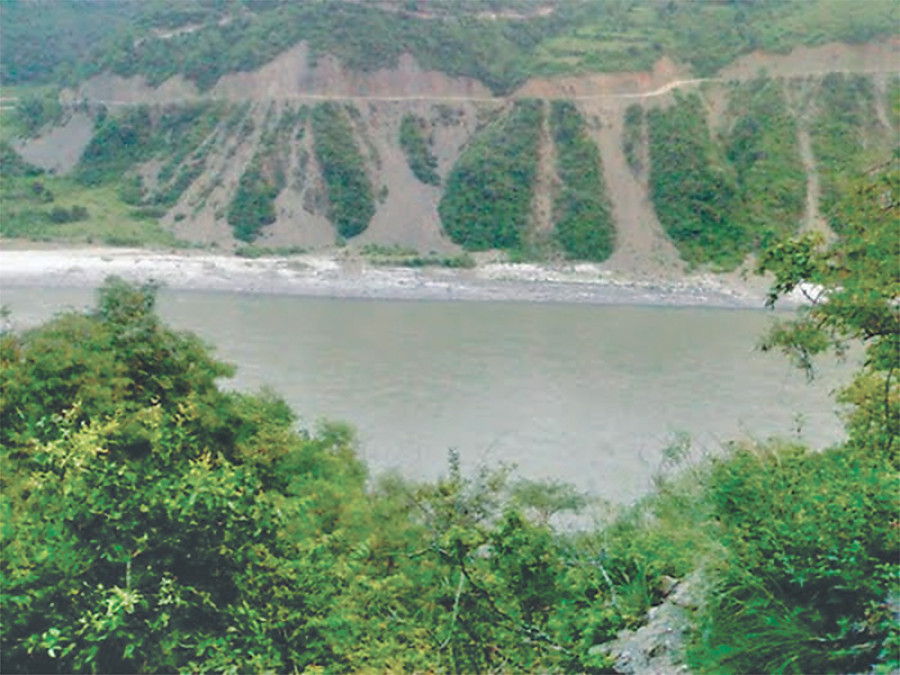Money
Bangladesh to build over 1,600 MW hydro projects
In a first major hydro investment deal between Nepal and Bangladesh, the two countries have signed an agreement to build two hydroelectric plants capable of generating over 1,600 megawatts of electricity in Nepal.
Bibek Subedi
In a first major hydro investment deal between Nepal and Bangladesh, the two countries have signed an agreement to build two hydroelectric plants capable of generating over 1,600 megawatts of electricity in Nepal.
Commerce Minister Romi Gauchan Thakali and his Bangladeshi counterpart Tofail Ahmed signed the pact to this effect on Sunday in Dhaka on the sidelines of the 9th South Asian Economic Summit. The proposed projects are 1,110MW Sunkoshi II and 536MW Sunkoshi III located at Sunkoshi river in central Nepal.
Both the countries have agreed to develop the projects under the BBIN (Bangladesh, Bhutan, India, Nepal) initiative which was signed by four countries to facilitate the regional trade and business.
As per the agreement, the electricity produced from Sunkoshi river would be evacuated to Bangladesh via India through the BBIN economic corridor.
“Minister Thakali signed the agreement after the Bangladeshi side expressed interest to invest in Nepal’s hydropower sector,” said Ravi Shanker Sainju, joint secretary at the Commerce Ministry, who had accompanied the minister to Dhaka. “The minister during his talks with the Bangladeshi counterpart expressed commitment to expedite the project development.”
The Energy Ministry, however, is yet to be formally informed about the development. “We are unaware of the signing,” said Dinesh Kumar Ghimire, spokesperson for the ministry. According to Sainju, Minister Thakali will soon hold talks with Energy Minister Janardan Sharma on this matter.
Earlier, the Department of Electricity Development (DoED) had assumed the responsibility of conducting the feasibility study of both the projects spread across Kavre, Ramechhap, Sindhupalchok and Sindhuli districts. Currently, the department is in the process of appointing consultants for the feasibility study. “If everything pans out well, we will appoint the consultant within three months,” said an official at the DoED.
The DoED is planning to develop both the projects as pumped-storage projects for the first time in Nepal. In a pumped-storage project, water is pumped from lower elevation of the reservoir to a higher elevation during off-peak hours of electricity demand. And when electricity demand is high, the stored water is released to lower reservoir to produce electricity. In this process, the power plant itself becomes electricity consumer for pumping water, but it enables the plant to spend less in pumping water for electricity and charge higher during the peak hour.
As per the plan, water will be pumped from the reservoir of Sunkoshi III, which is located below Sunkoshi river, to Sunkoshi II during off-peak hours and release the stored water during the peak hour. “For this to take place, the reservoir of Sunkoshi III will be constructed in such a way that it extends to the dam site of Sunkoshi II,” said the source.




 7.12°C Kathmandu
7.12°C Kathmandu













%20(1).jpg&w=300&height=200)
